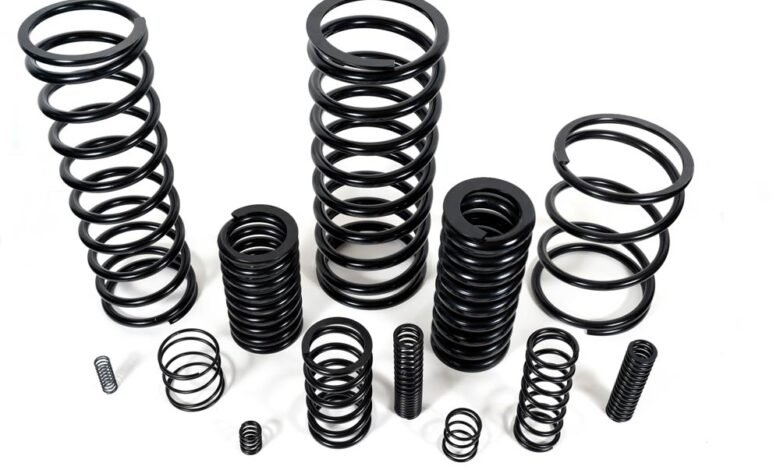Uncoiling the Secrets of Compression Springs: The Hidden Force in Everyday Mechanics
Varieties and Applications of Compression Springs

Introduction
Have you ever wondered what makes your car suspension smooth, or why your ballpoint pen gives you that satisfying click? The answer lies in a seemingly simple yet incredibly ingenious device: the compression spring. This seemingly unassuming component is a staple in various applications, from simple household items to complex industrial machines. Understanding their design and functionality unveils their true indispensability in our daily life.
The Fundamental Nature of Compression Springs
At the core of its definition, a compression spring is a type of mechanical device that stores energy and resists being compressed. It is typically made of an elastic material, most commonly coiled wire. It can retain its form for extensive periods under stress but will return to its original shape once the force is removed.
The spring’s ability to resist deformation is proportional to the force applied to it, as per Hooke’s law, one of the basic principles of physics. The formula F = kx embodies this law, where F is the force applied, x is the displacement of the spring, and k is the spring constant, a measure of the spring’s stiffness.
Varieties and Applications of Compression Springs
The world of compression springs is not one-size-fits-all. These components come in various shapes, sizes, and materials, each tailored to specific applications. Common shapes include cylindrical, conical, barrel, or hourglass, among others. Materials range from stainless steel to bronze, plastic, and even exotic alloys for extreme environments.
This versatility makes compression springs fundamental in a broad array of applications. They are integral to automotive suspensions, absorbing shock from the road and providing a smoother ride. You’ll also find them in everyday items like retractable pens, door locks, and digital cameras. In the industrial realm, they are vital for heavy machinery, hydraulic systems, and various types of valves.
Design and Manufacturing: Precision is Key
The design and manufacturing process of compression springs is a precision-oriented affair. Engineers meticulously design them based on the intended use, considering factors like load, space constraints, environmental conditions, and expected lifespan.
The manufacturing process generally involves winding the chosen material around a cylinder to achieve the desired shape and size. Then, heat treatment follows to enhance the spring’s durability and elasticity. The springs may also undergo a process known as shot peening, which involves bombarding the spring’s surface with small metallic or glass particles to increase its fatigue life.
Maintenance and Safety
While compression springs are designed for durability, they are not indestructible. Regular maintenance checks can prolong their life and ensure optimal functionality. This includes inspection for visible deformities, regular lubrication to reduce friction, and replacement if necessary.
Safety is a crucial aspect when dealing with compression springs, especially larger ones. A sudden release of the stored energy can cause injury. Therefore, it’s essential to use proper tools and safety gear when installing or removing these springs.
Conclusion: The Small Giant of Mechanical Devices
Compression springs may be relatively small in size, but their impact on our lives is enormous. Whether in your car, your pen, or heavy machinery, they ensure that our world operates smoothly and efficiently. Behind their humble exterior, these spirals of force carry the weight of our mechanical world on their slender coils. They are a testament to the elegance of engineering and the power of simple principles of physics. As they continue to evolve with technology, these compression springs will undoubtedly remain an essential component of our mechanical future.




